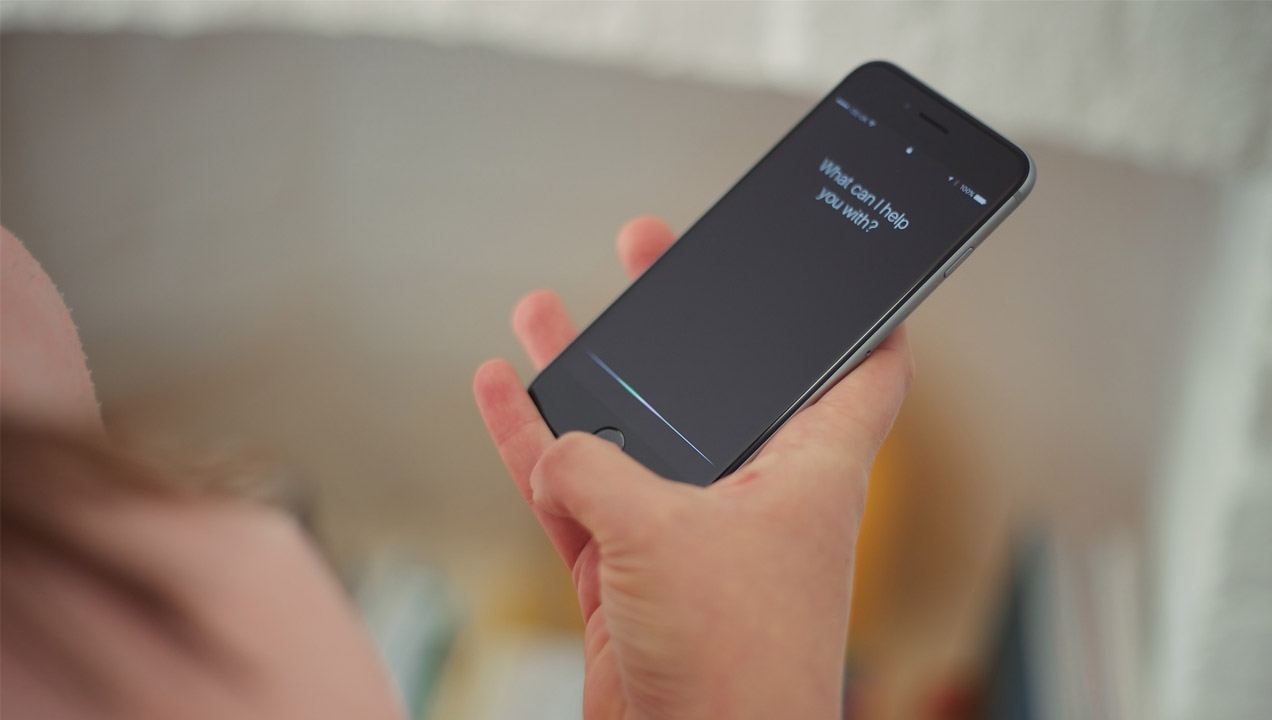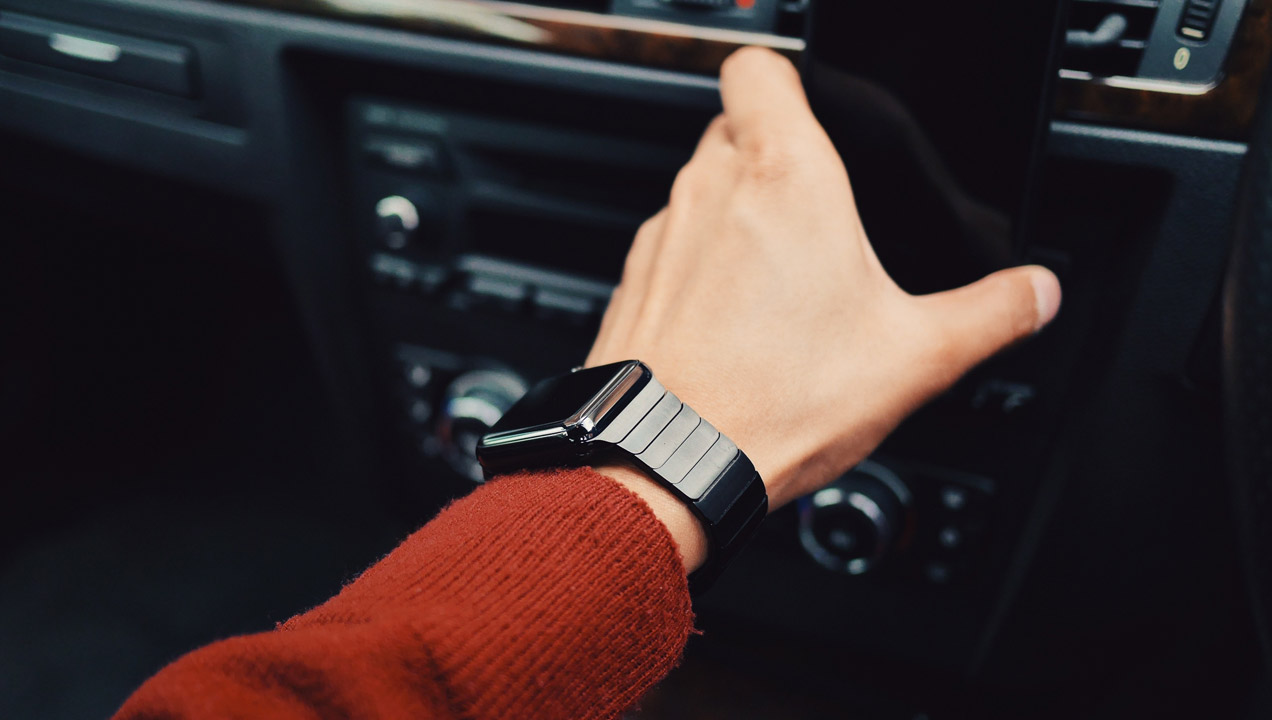Making voice technology work for the masses
Voice-technology has had an increasing amount of attention from both tech companies and the press alike recently. Amazon’s Echo has gone down very well in the US and is now making a play for the UK market.
We recently bought one for the office and have been so far impressed with it’s far-field voice recognition. Voice has a lot of promise – in my experience it’s often quicker to perform certain tasks with voice than tapping away on a trackpad or touchscreen. For example, when entering a calendar appointment it’s quicker to say “Set an appointment for Thursday at 2pm to meet Jamie” than it is to enter that into a phone or computer. Recently, I’ve been doing a lot of DIY at home and I’ve also found the Apple Watch useful for making quick calculations when my hands were full or covered in paint.
While the accuracy of voice recognition for both Echo and Apple’s Siri is impressive, the ability to understand complex questions and respond usefully seems to have stalled somewhat.

Viv is another voice-technology created by team who provided Siri. The company was recently purchased by Samsung which is a sign that there is big interest in this field. Having seen the demos of Viv it feels as though this could be the leap forward voice-tech needs. Viv can not only answer simple queries such as finding out the weather today, but it can also go far deeper than this, such as using it to pay friends money or even more complex interactions such as booking hotels.

But voice interfaces are still culturally restricted to private spaces rather than to public ones. The cultural norms (or lack thereof) around speaking to your device of choice are still a barrier to the success of these devices. I’ve yet to witness someone on a bus or train using Siri or Google Now (not to mention the newly announced Google Assistant) on their phone or watch and there’s no sign of this changing anytime soon.
But there are occasions when voice comes into its own, such as when driving (most new cars are now factory-fitted with voice-recognition software for basic commands), or as mentioned earlier, when your hands aren’t in a state to operate expensive technology. It feels like these are the areas where technology companies need to focus and then expand upon.

The first hurdle is getting consumers comfortable and familiar with talking to their technology in private spaces, before this becomes normal behaviour in public. The second hurdle is avoiding errors in recognition and allowing people to ask more and more of their devices by voice.
Once these have been resolved, it’s certainly beginning to feel that there might be room for voice technology to become the next big way for the masses to interact with their devices.
